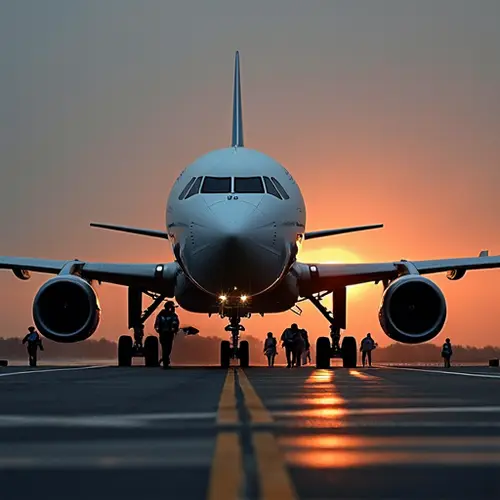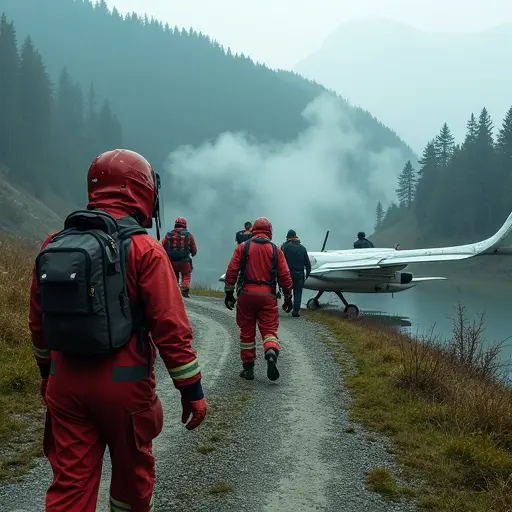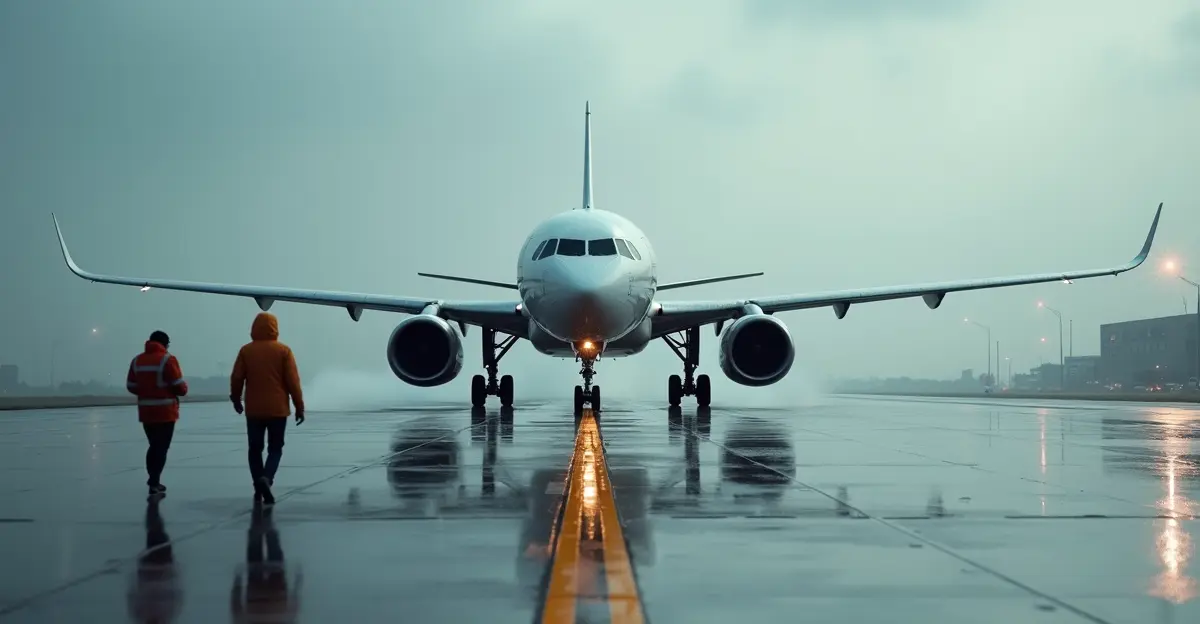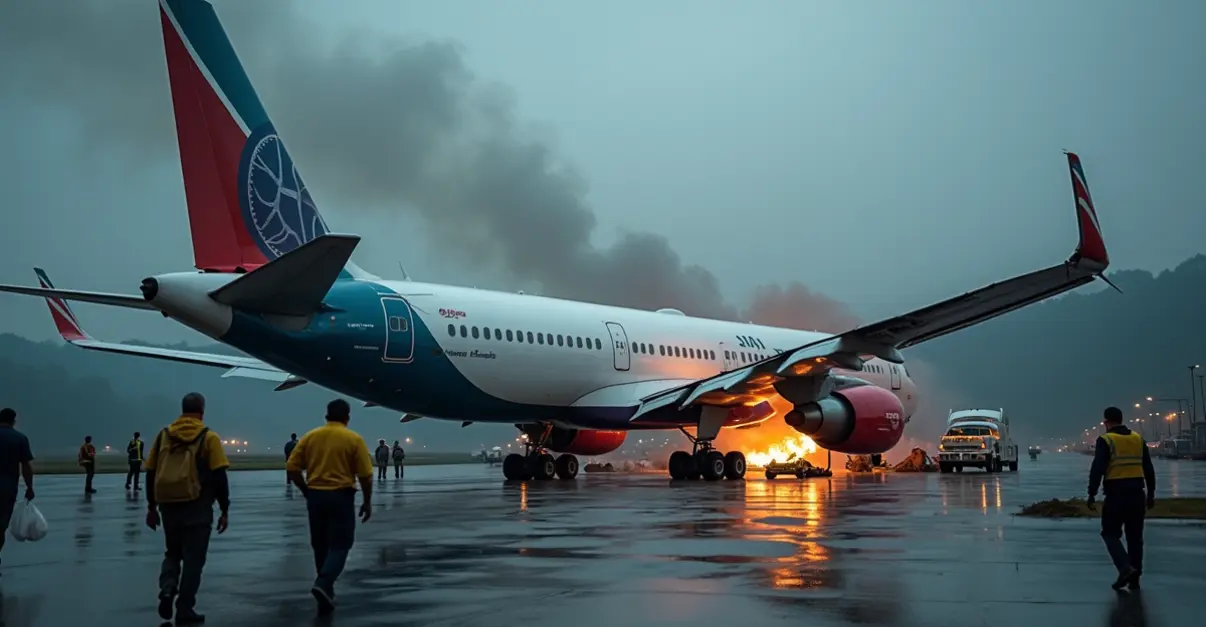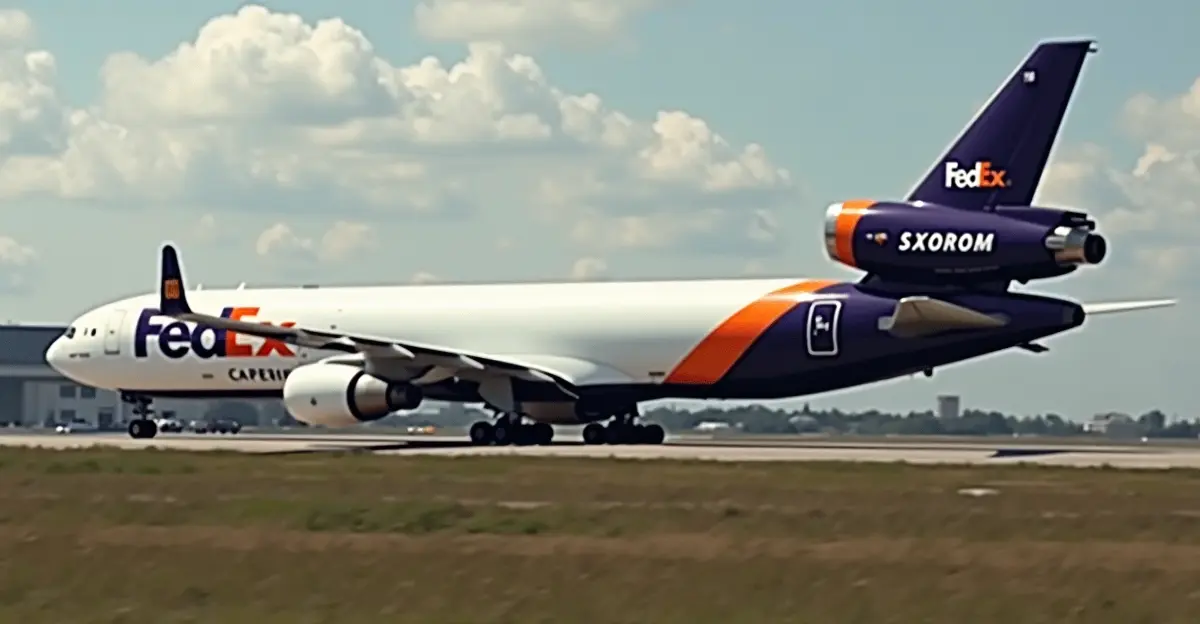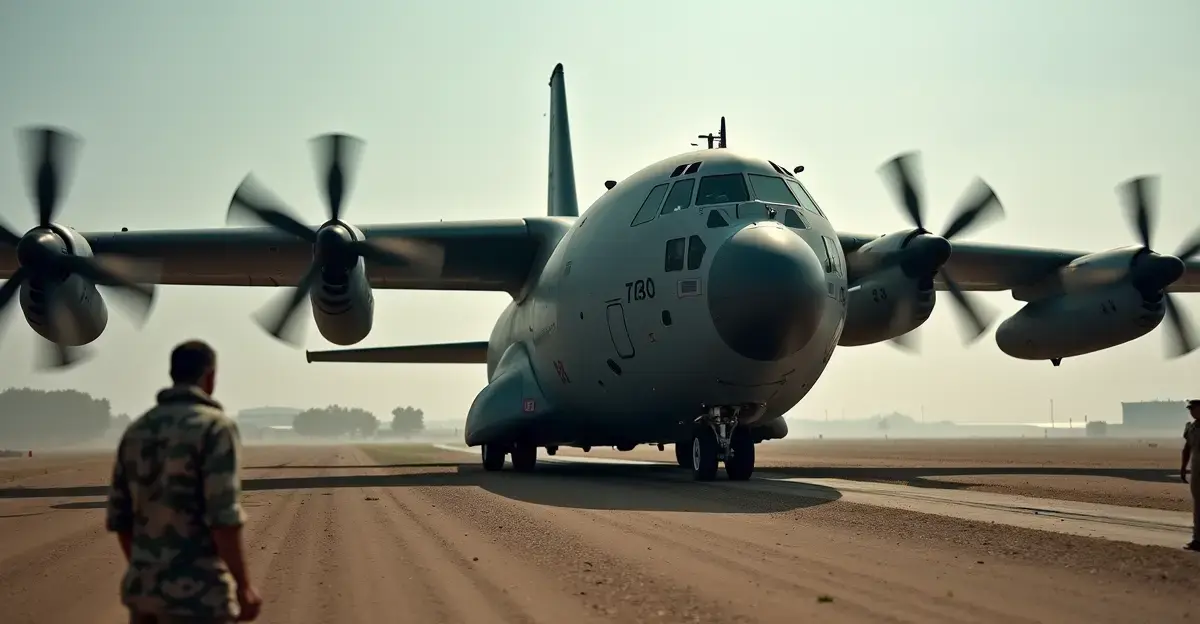Modern tech like black boxes, satellites, drones, and AI is revolutionizing plane crash investigations, enabling faster, more accurate analysis to improve aviation safety and prevent future accidents.
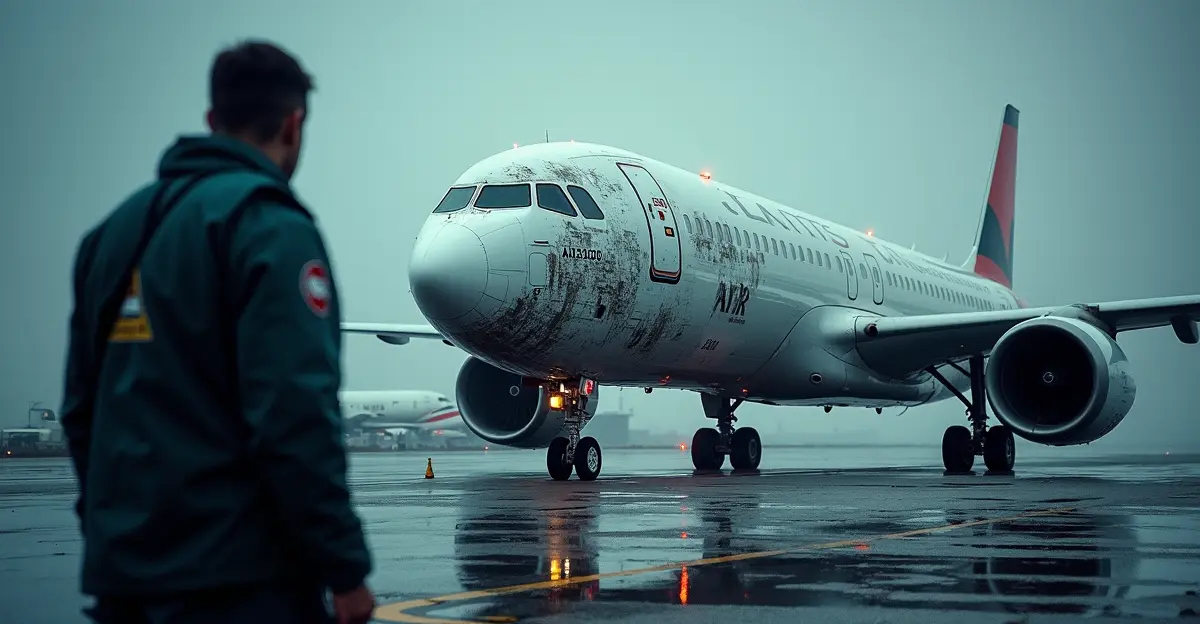
How Advanced Technology is Transforming Air Crash Analysis
In the wake of aviation accidents, swift and accurate investigations are crucial for enhancing safety. Modern technology has revolutionized this process, enabling investigators to uncover causes with unprecedented precision. From black boxes to satellite data, these tools are saving lives by preventing future incidents.
The Role of Flight Data Recorders and Cockpit Voice Recorders
Commonly known as black boxes, Flight Data Recorders (FDRs) and Cockpit Voice Recorders (CVRs) are the backbone of crash investigations. FDRs capture hundreds of parameters, such as altitude, speed, and engine performance, while CVRs record audio from the cockpit. Recent advancements include solid-state memory and extended recording times, making them more resilient to impact and fire. For instance, the latest FDRs can store up to 25 hours of data, compared to older models' limited capacity. 'These devices are our first line of defense in understanding what went wrong,' says aviation safety expert Dr. Maria Rodriguez.
Satellite Technology and Real-Time Data Streaming
Satellite systems, like the Aircraft Communications Addressing and Reporting System (ACARS), allow real-time data transmission from aircraft to ground stations. This means critical information can be streamed continuously, reducing reliance on physical recovery of black boxes. In events like the 2024 incident over the Atlantic, satellite data helped pinpoint the crash site within hours. 'Real-time streaming is a game-changer; it provides insights even before the wreckage is found,' notes John Smith, a lead investigator at the National Transportation Safety Board (NTSB).
Drones and Underwater Robotics in Wreckage Recovery
Unmanned Aerial Vehicles (UAVs), or drones, are now deployed to survey crash sites quickly and safely, especially in rugged terrain. Underwater Autonomous Vehicles (AUVs) aid in locating black boxes in deep oceans. These robots use sonar and cameras to map debris fields, as seen in the search for Malaysia Airlines Flight 370. Modern AUVs can operate at depths exceeding 6,000 meters, significantly improving recovery efforts.
Artificial Intelligence and Data Analytics
AI algorithms analyze vast datasets from FDRs, maintenance records, and weather reports to identify patterns and potential causes. Machine learning models can simulate crash scenarios, helping investigators test hypotheses without physical experiments. For example, AI was instrumental in the 2023 analysis of a runway overrun, where it detected subtle anomalies in brake performance. 'AI doesn't replace human judgment, but it accelerates the investigative process,' explains tech analyst Emily Chen.
Challenges and Future Directions
Despite advancements, challenges remain, such as data privacy concerns and the high cost of new technologies. However, ongoing research focuses on integrating Internet of Things (IoT) sensors for predictive maintenance and enhancing global collaboration through shared databases. The goal is to achieve zero accidents in commercial aviation by 2040.
In summary, technology is making plane crash investigations faster, more accurate, and ultimately safer for all. As tools evolve, the aviation industry continues to learn from each incident, ensuring that skies remain secure for travelers worldwide.

 Nederlands
Nederlands
 English
English
 Deutsch
Deutsch
 Français
Français
 Español
Español
 Português
Português




